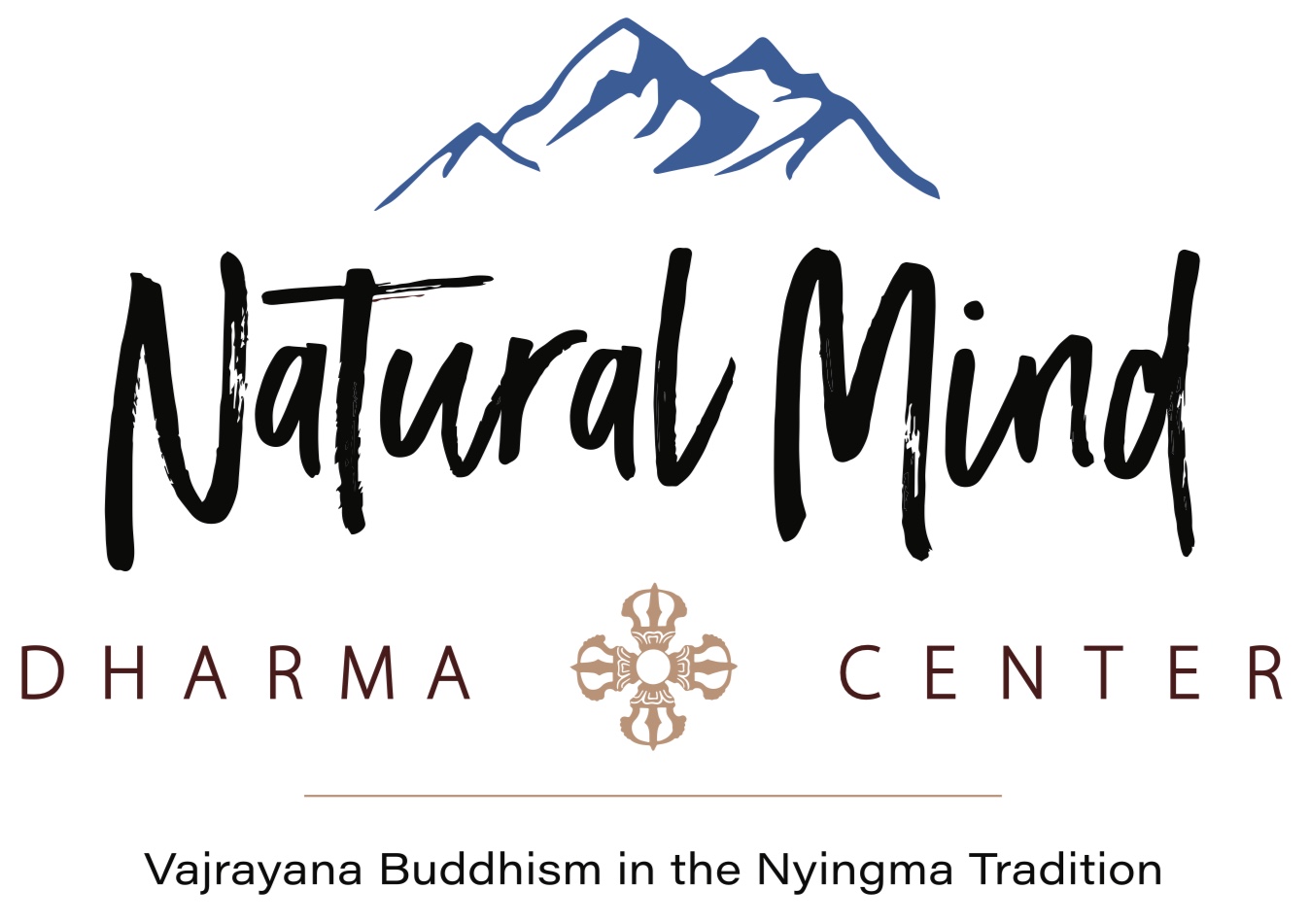Field of Gold
Rimrock Springs Natural Area is one of those hidden gems located in the middle of nowhere that offers the hiker a little island of unexpected beauty. I am walking the short trail in the last week of March and I become overwhelmed by a field of gold. Gold stars (Crocidium multicaule) are everywhere—I mean everywhere. The tiny plants are taking advantage of late winter rains by exploding into a carpet of yellow blossoms. The bright little suns delight my senses.
I slow my pace and look between the obvious dots of color. There is another more understated plant making an equally prolific appearance. It is camouflaged by color and shape–almost disappearing into the the background of rust-colored soil and basalt rocks. The parsley-like plant (Lomatium canbyi ) is sometimes called ‘salt and pepper’ due to the appearance of tiny white floral clusters peppered with deep purple anthers. The plant is also called ‘biscuit root’ because the root was dried and and ground into flour by indigenous cultures.
I think someone without an eye for wildflowers might fail to see this lomatium species amidst the overwhelming field of gold stars. Our minds tend to do this; recognize vibrant colorful things and overlook what actually might feed us. I think of the metal to which we assign so much value. Gold is indeed beautiful, but we cannot eat it. And the pursuit of this metal throughout history has caused much suffering. Imagine if we spent as much time feeding the world as we did in the pursuit of wealth and comfort.
We do not have to ignore the beauty that attracts our attention as long as we allow ourselves to see the other nutritious aspects of experience. An old Chinese proverb states, “If you have two pennies, spend one on bread and the other on a flower. The bread will sustain life and the flower will give you a reason to live.” Maybe a bodhicitta-flavored version would be, “If you have few resources, make sure you share them through beauty and sustenance with yourself and others.”
